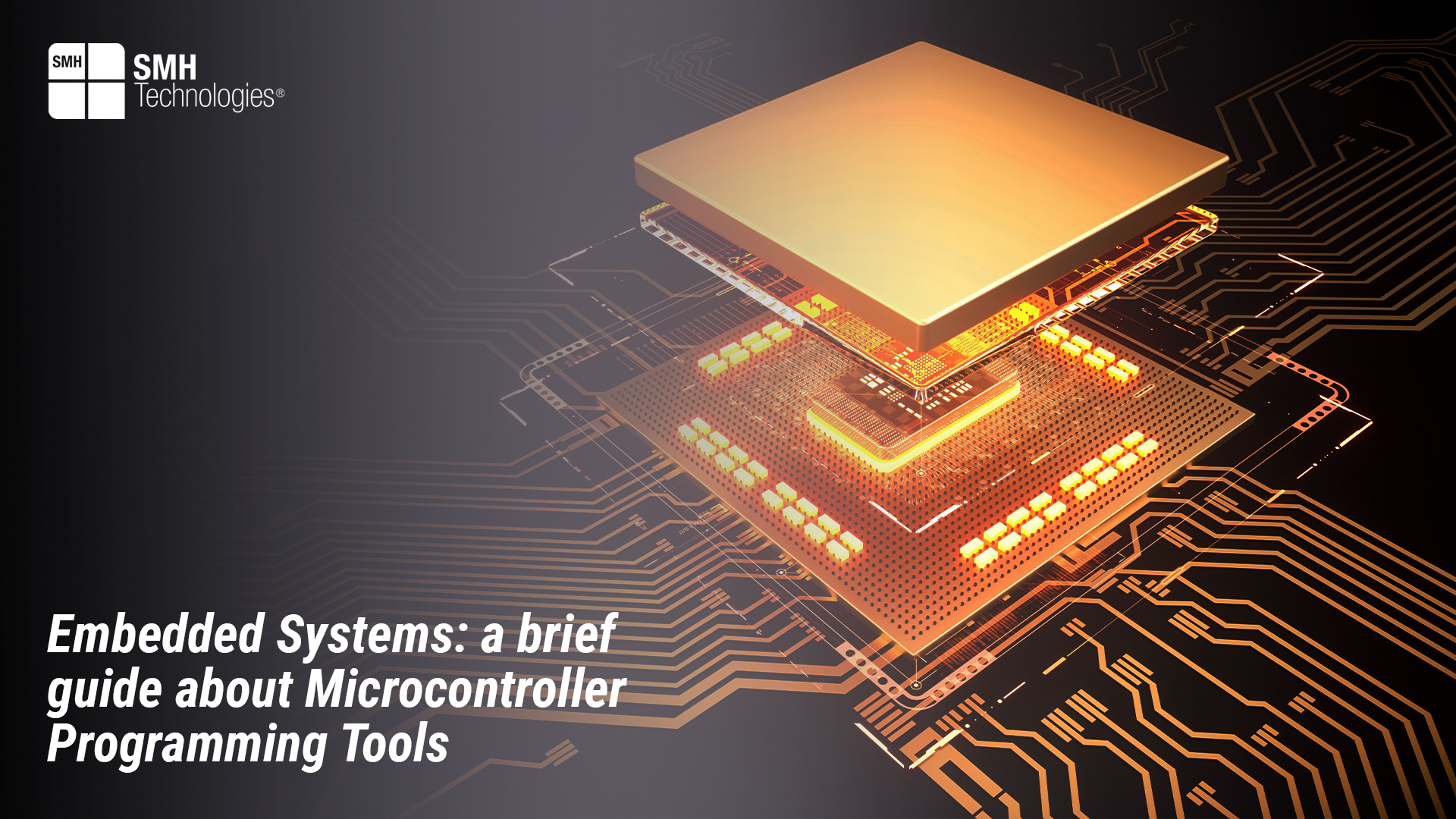Project Description
[This article is part of “Discover ISP”, the educational section of our Corporate Blog dedicated to those who are approaching the world of In-System Programming and Embedded Systems.]
A comprehensive understanding of microcontrollers has already been provided, and you can explore further details in the blog post available in the “Discover ISP” section, delving deeper into this topic: Types of Microcontrollers: A Basic Guide to the Most Popular in the Embedded System Field. This foundational knowledge is crucial for anyone embarking on the journey of embedded system design, underscoring the importance of choosing the right microcontroller for your project.
Ensuring the success of any project relies on selecting a microcontroller with the appropriate features and being knowledgeable about the available tools to aid in writing, debugging, and distributing code. Understanding these tools is not just about technical proficiency; it’s about unlocking the full potential of microcontrollers to drive innovation in embedded systems.
The essential set of tools for microcontroller programming includes Embedded Development Environments (IDEs), debuggers, emulators, and version control systems. These tools form the cornerstone of successful microcontroller programming, ensuring developers can navigate the complexities of embedded systems with confidence.
Main Microcontroller Programming Tools: a beginner’s guide
Embedded development environments (IDEs), debuggers, emulators, and version control systems support developers during the programming phases of Embedded Systems, facilitating the creation of high-quality embedded systems. Their comprehensive coverage from the inception of code to its final deployment highlights their indispensable role in the development process.
They cover all stages, from simplifying code development to ensuring robust testing and collaboration. This all-encompassing approach is vital for fostering a collaborative and efficient development environment.
1) Integrated Development Environments (IDEs): provide an interface for writing, debugging, and deploying code. Their advantage lies in features that aid developers in completing code-writing phases, including code completion, syntax highlighting, and debugging tools. IDEs are the linchpin of the programming toolbox, streamlining the development cycle and enhancing productivity.
2) Debuggers and emulators: assist developers in identifying and resolving issues in the code. Debuggers inspect malfunctioning code segments, while emulators enable testing code before implementation in hardware, ultimately saving time. This proactive problem-solving ensures the reliability and functionality of the embedded system.
3) Version Control Systems: enable developers to manage, document, and collaborate on code. They facilitate tracking code changes, creating extensions for new features, and merging contributions from multiple collaborators, ensuring an organized and up-to-date codebase. Version control is essential for maintaining code integrity and facilitating seamless collaboration among development teams.
This article aims to simplify the understanding of the tools used for programming microcontrollers and offer a general overview to assist those entering the world of In-System Programming and Embedded Systems in comprehending their functionality better. Embarking on this educational journey equips aspiring developers with the knowledge and skills to excel in the evolving field of embedded systems.



